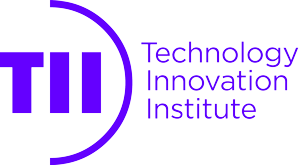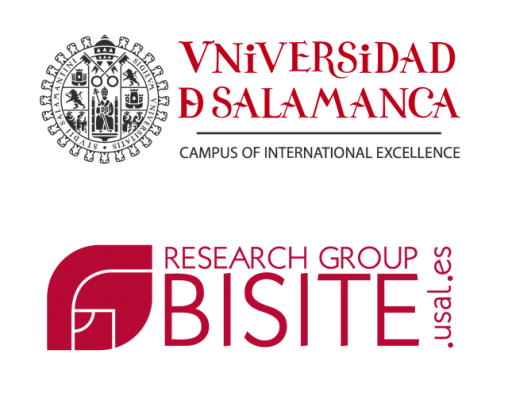Draft call for papers
Wireless connectivity is a fundamental need of our society. It is forecasted that between 2020 and 2030 the global IP traffic will increase by 55% each year, eventually reaching 5,016 exabytes, with data rates scaling up to 1 Tb/s. In addition, besides supporting very high data-rates, future wireless networks are expected to provide several other heterogeneous services, such as sensing, localization, low-latency and ultra-reliable communications. However, 5G networks, which are to be rolled out in 2020, are not designed to meet these requirements. In fact, as requirements become more stringent, fundamental limitations arise, imposed directly by the very nature of wireless operation. Every wireless generation has been designed to improve only the endpoints of a communication channel, following the postulate that the wireless environment is fixed by nature and cannot be modified, but only compensated through the design of sophisticated transmission/reception schemes and feedback mechanisms. However, the improvements that can be expected by continuing to operate only on the endpoints of the channel, are not adequate to meet the above requirements. 6G wireless networks will need to break free from the postulate that the communication environment cannot be designed. To this end, a promising approach lies in integrating reconfigurable intelligent surfaces (RISs) into the architecture of future wireless communication networks. RISs are thin layers of meta-materials which can be designed to have specific electromagnetic properties. RISs can be used to coat environmental objects, thus enabling to customize the propagation properties of the communication environment. This potentially yields a huge increase of the degrees of freedom that can be exploited for system performance optimization. In this context, contributions are solicited in, but not necessarily limited to, the following topics.
- Joint active and passive beamforming design for RIS-empowered wireless networks
- Fundamental performance limits of RIS-empowered wireless networks
- Channel modeling for RIS-based systems
- Channel estimation for RIS-empowered wireless networks
- RIS sensing, computing, and communication
- Experimental results and testbed implementations of RIS
- Software-defined design and implementation of RIS-empowered wireless networks
- AI-inspired design of and management of RIS-empowered wireless networks
- Indoor/outdoor localization in wireless networks using RIS
- Multiple Access design for RIS-empowered wireless networks
- Deployment design of RIS in wireless networks
- Capacity and resource allocation for RIS-empowered wireless networks
- Distributed deployment and planning and network planning of RIS-empowered wireless networks
- Integration of RIS with state-of-the-art wireless technologies (e.g. small cells, Massive MIMO, NOMA, millimeter-wave communications, visible light communications, THz communication, free space optics, IoT, drones-aided communications, energy harvesting, physical layer security techniques, etc.)
The workshop accepts only novel and previously unpublished English-written papers, with a maximum length of six (6) printed pages (10-point font) including figures without incurring additional page charges (maximum 1 additional page with over-length page charge if accepted).
Authors should submit their contributions through EDAS.
IMPORTANT DATES
Paper Submission Deadline: July 5, 2021 August 14, 2021
Paper Acceptance Notification: September 15, 2021
Camera-Ready: November 15, 2021





















